 |
||
|
HOME
|
US Navy -
ships
|
US Navy - air
units
|
USMC - air
units
|
International
Navies
|
Weapon Systems
|
Special Reports |
||
|
Portuguese Navy / Marinha Portuguesa Westland Super Lynx Mk.95/A |
||
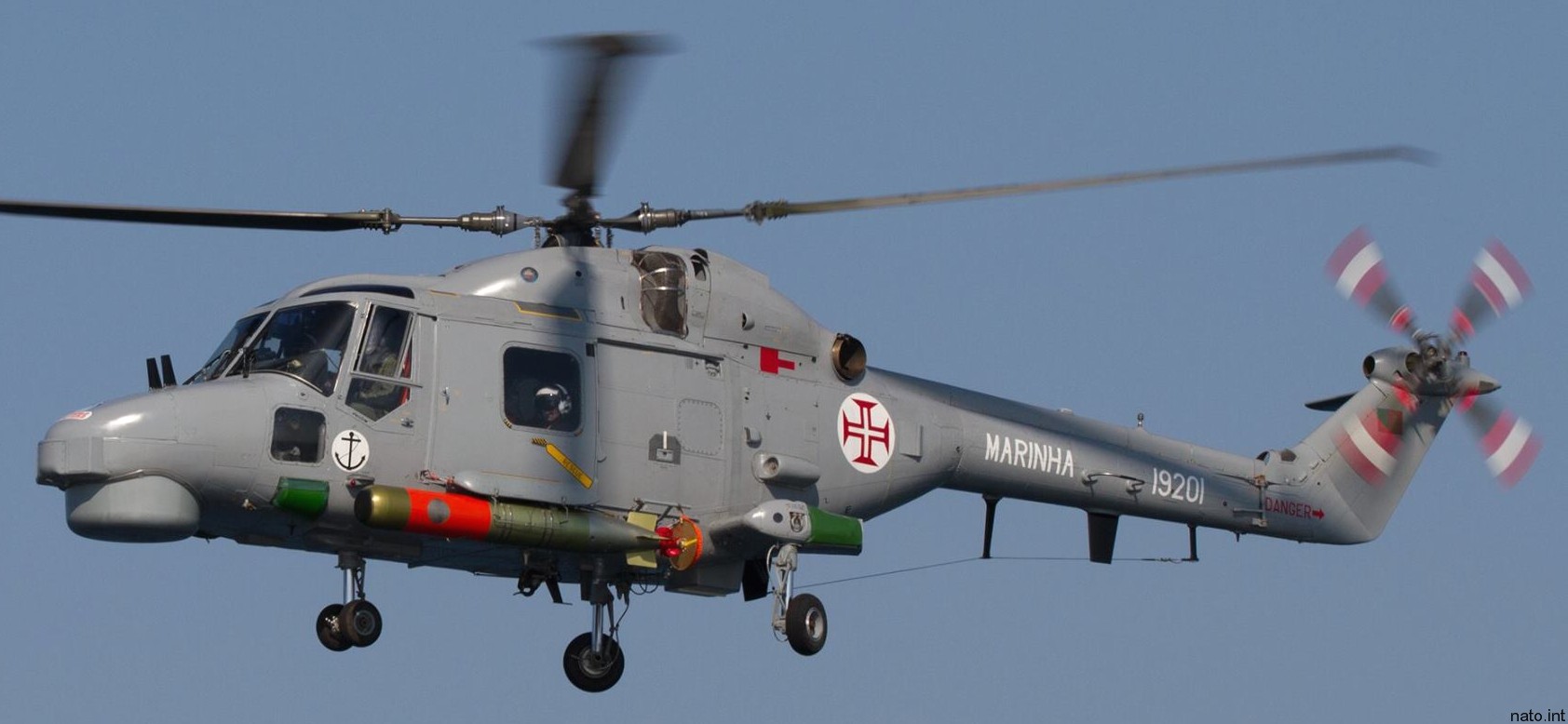 |
||
| 03/24 | ||
| Units: | ||
|
||
|
The Westland Lynx is a British multi-purpose twin-engined military
helicopter designed and built by Westland Helicopters at its factory
in Yeovil. Originally intended as a utility craft for both civil and
naval usage, military interest led to the development of both
battlefield and naval variants. The Lynx went into operational usage
in 1977 and was later adopted by the armed forces of over a dozen
nations, primarily serving in the battlefield utility, anti-armour,
search and rescue and anti-submarine warfare roles. The Lynx is a fully aerobatic helicopter with the ability to perform loops and rolls. In 1986, a specially modified Lynx set the current Fédération Aéronautique Internationale's official airspeed record for helicopters (category excludes compound helicopters) at 400.87 km/h (249.09 mph), which remains unbroken as of 2017. Several land and naval variants of the Lynx have been produced along with some major derivatives. The Westland 30 was produced as a civil utility helicopter; it was not a commercial success and only a small number were built during the 1980s. In the 21st century, a modernised variant of the Lynx was designed as a multi-role combat helicopter, designated as the AgustaWestland AW159 Wildcat; the Wildcat is intended to replace existing Lynx helicopters. The Lynx remains in production by AgustaWestland, the successor to Westland Helicopters. Lynx / Super Lynx Mk.95A Portuguese Navy version, with Bendix radar in undernose radome, dipping sonar but no FLIR. Three new build plus two converted ex-Royal Navy HAS.3s. The Super Lynx Mk.95A is the new version for the Portuguese Navy. It has been upgraded since 2020 with CTS 800 engines, new glass cockpit, tactical processor, new avionics and new electrically powered rescue hoist. Characteristics: Crew: 2 or 3 Capacity: 8 troops Payload: 1480 kg Length: 15.241 m (50 ft) Rotor diameter: 12.80 m (42 ft) Height: 3.8 m (12.45 ft) Disc area: 128.71 m² (1385 ft²) Empty weight: 3291 kg (7255 lb) Max. takeoff weight: 5330 kg (11750 lb) Powerplant: 2 x Rolls-Royce Gem turboshaft, 835 kW (1120 shp) each Maximum speed: 324 km/h (201 mph) Range: 528 km (328 miles) with standard tanks source: wikipedia |
||
| images | ||
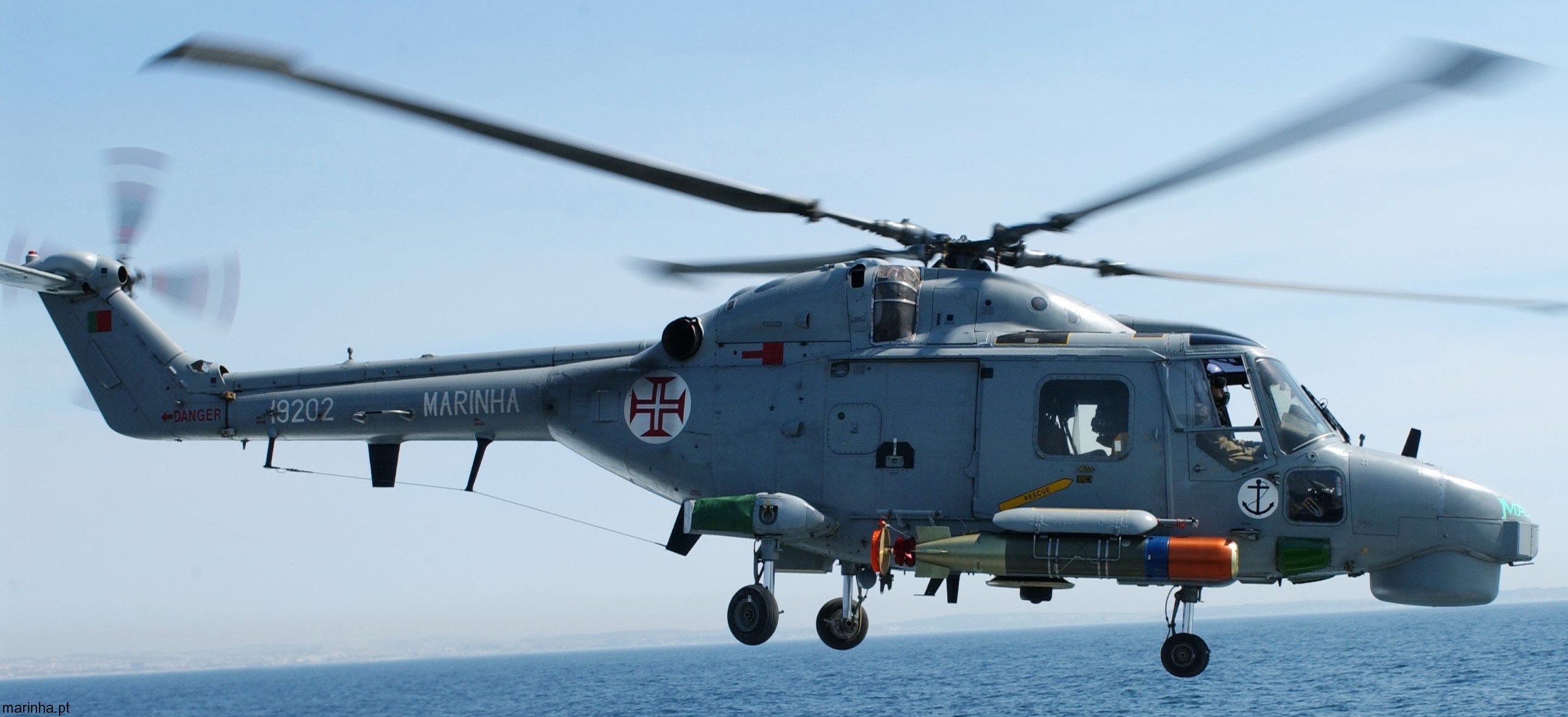  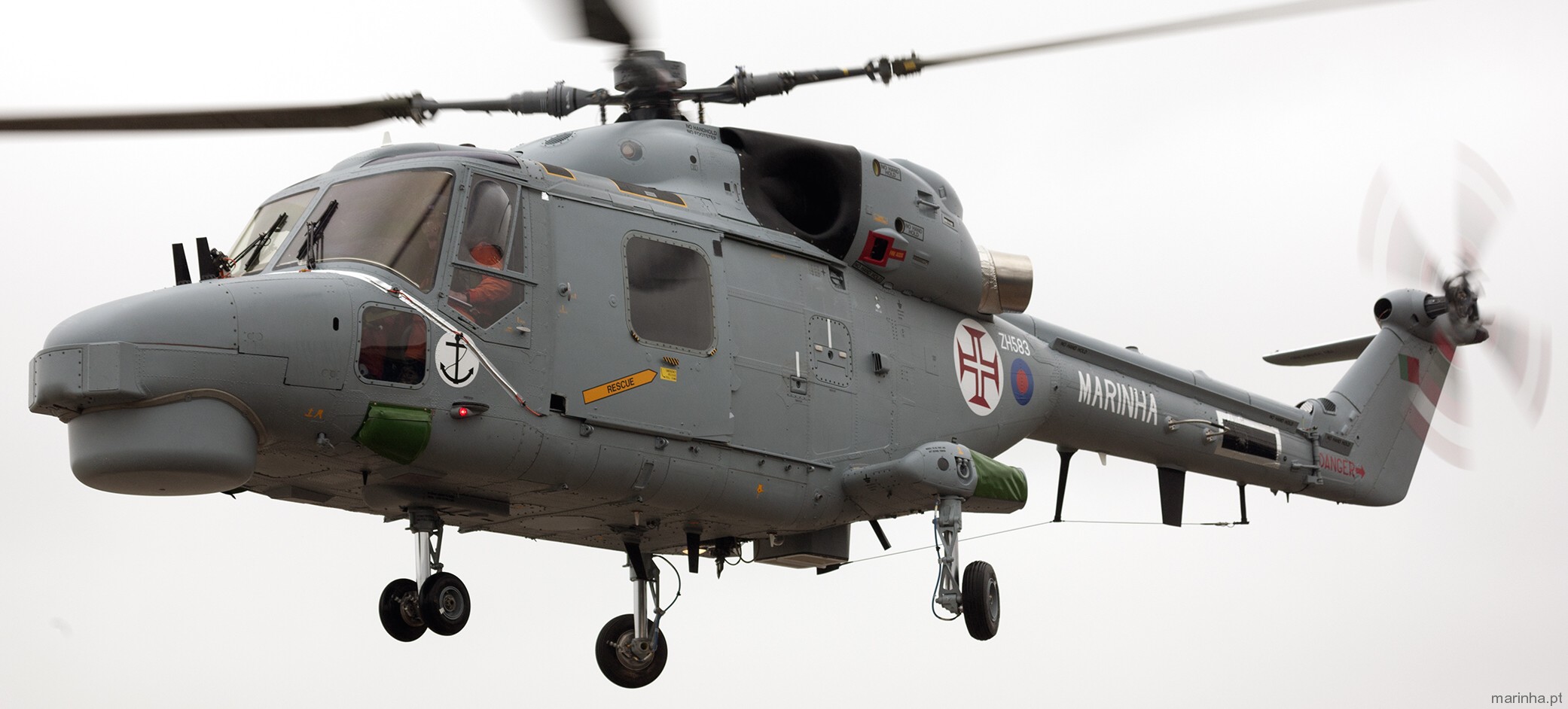  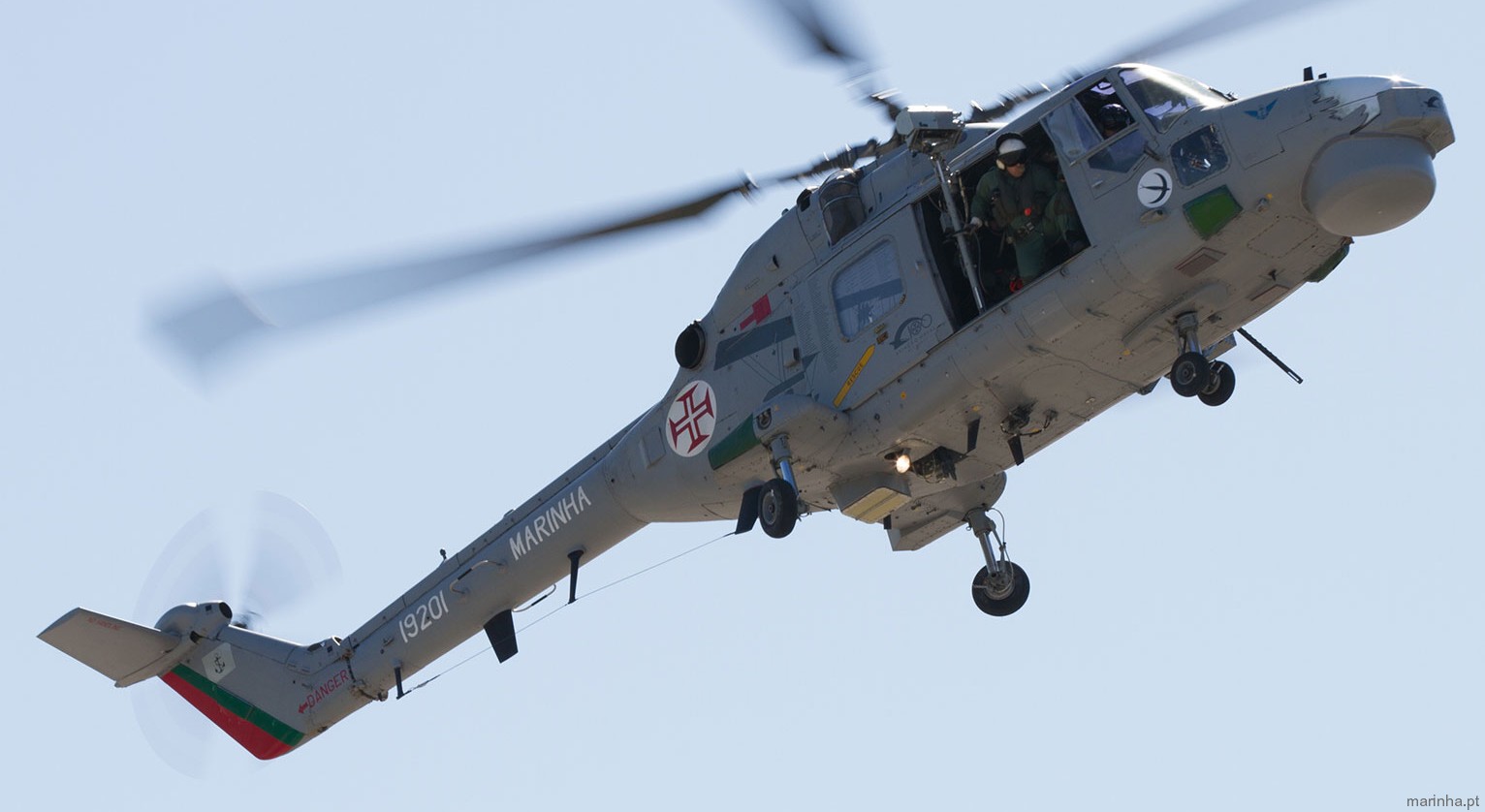  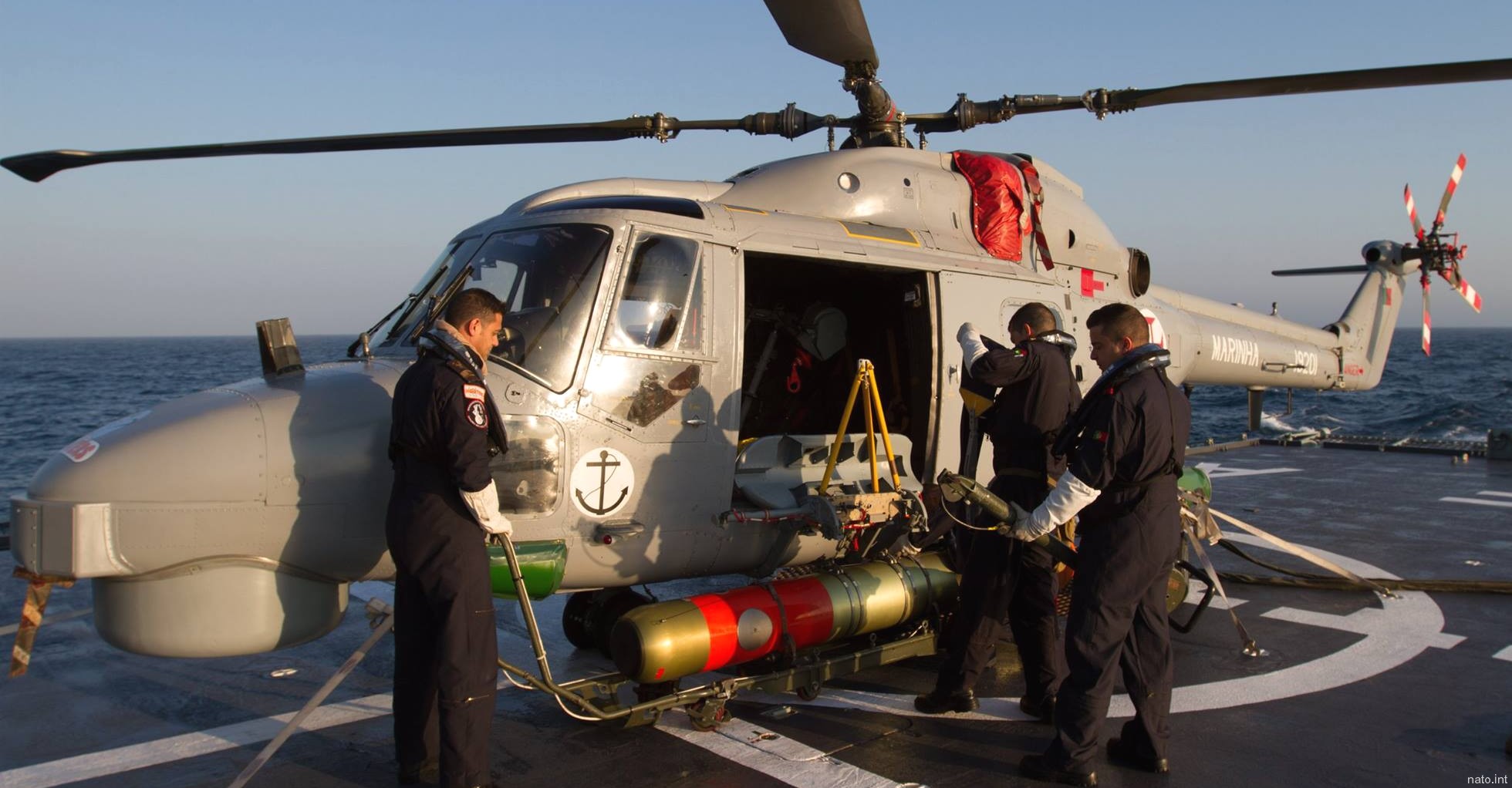 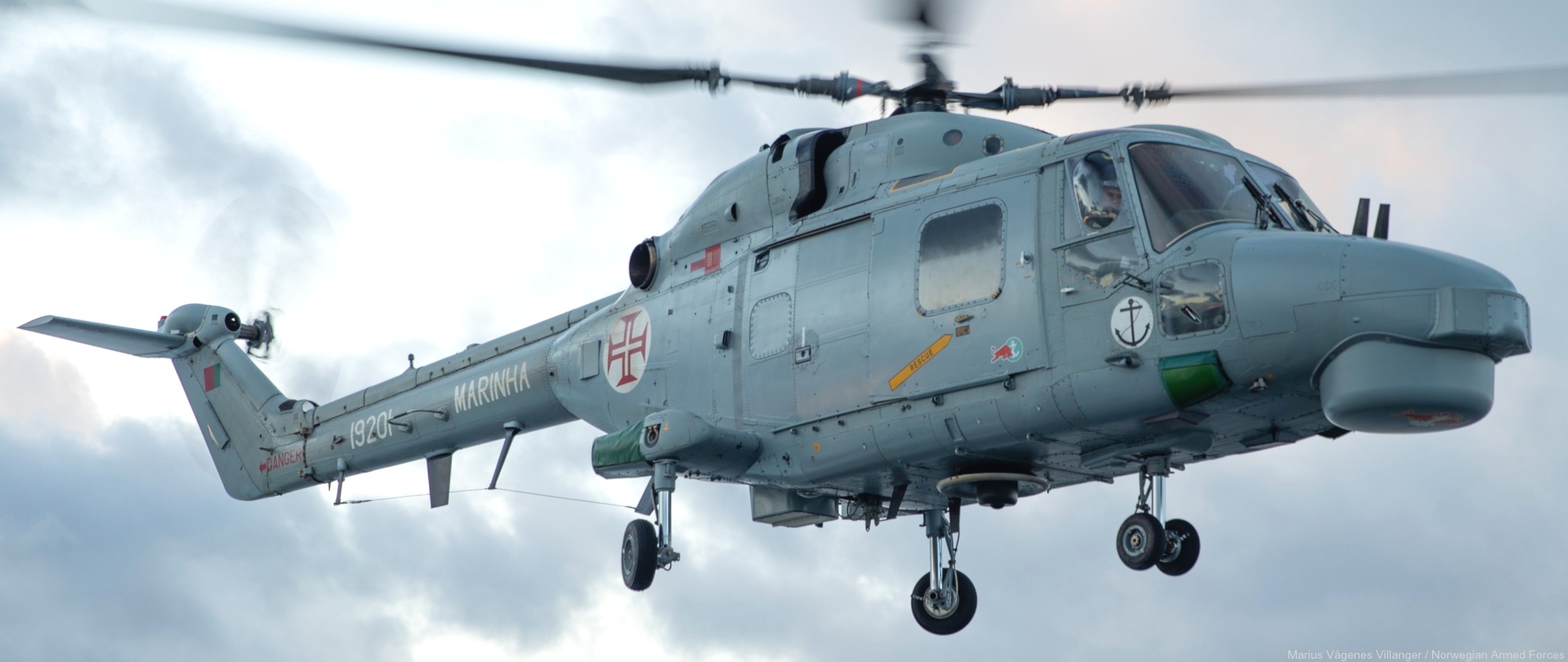 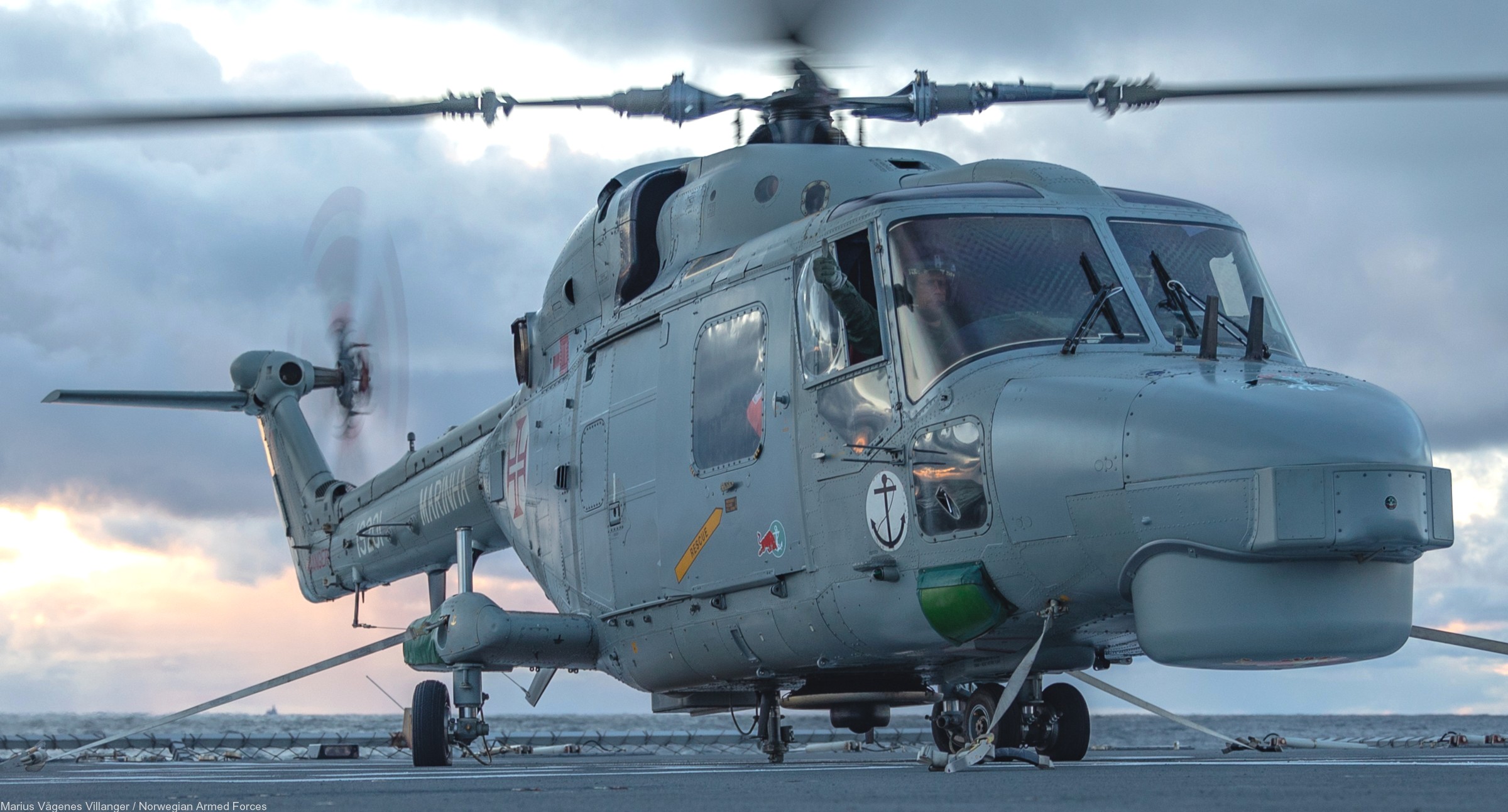 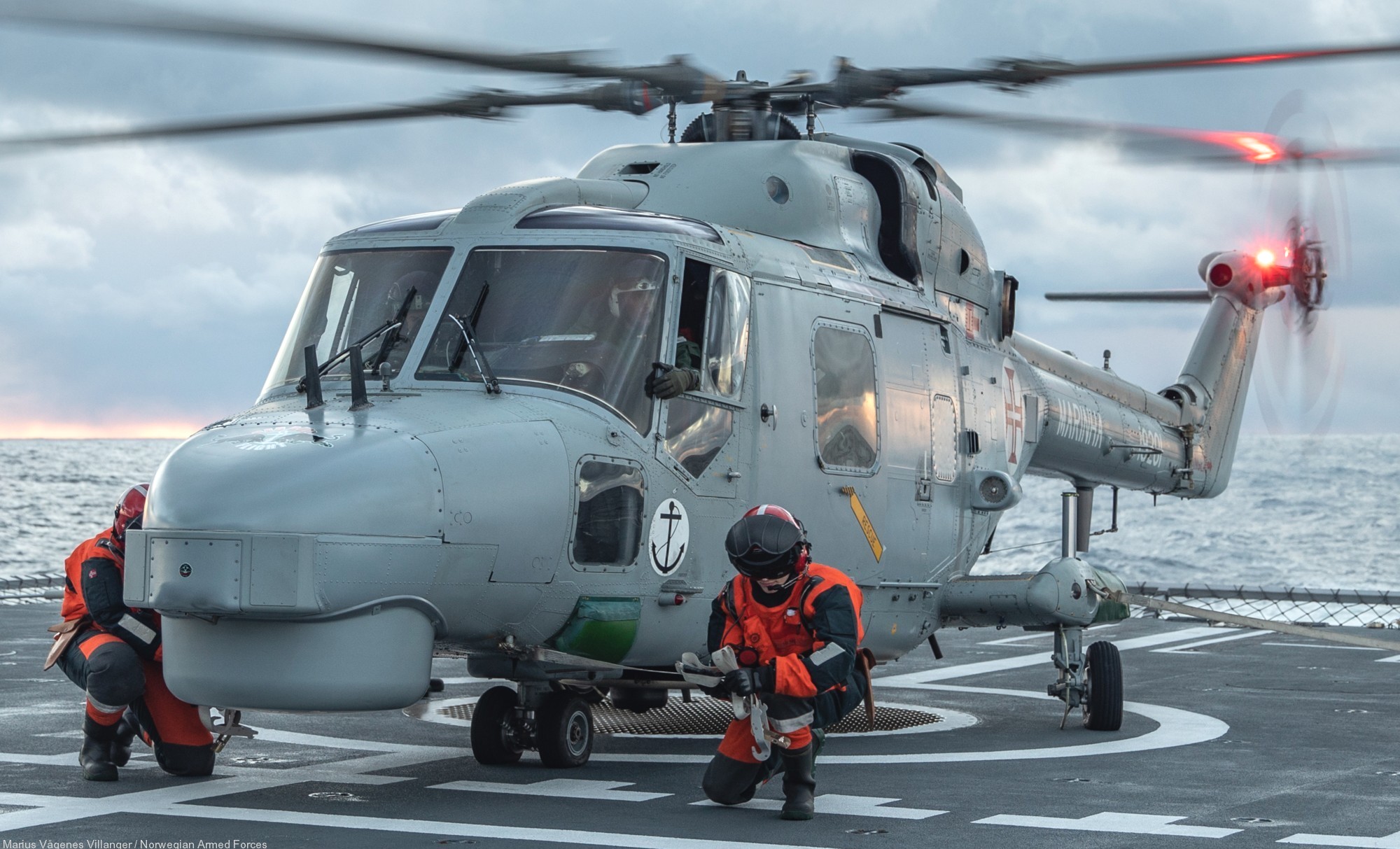  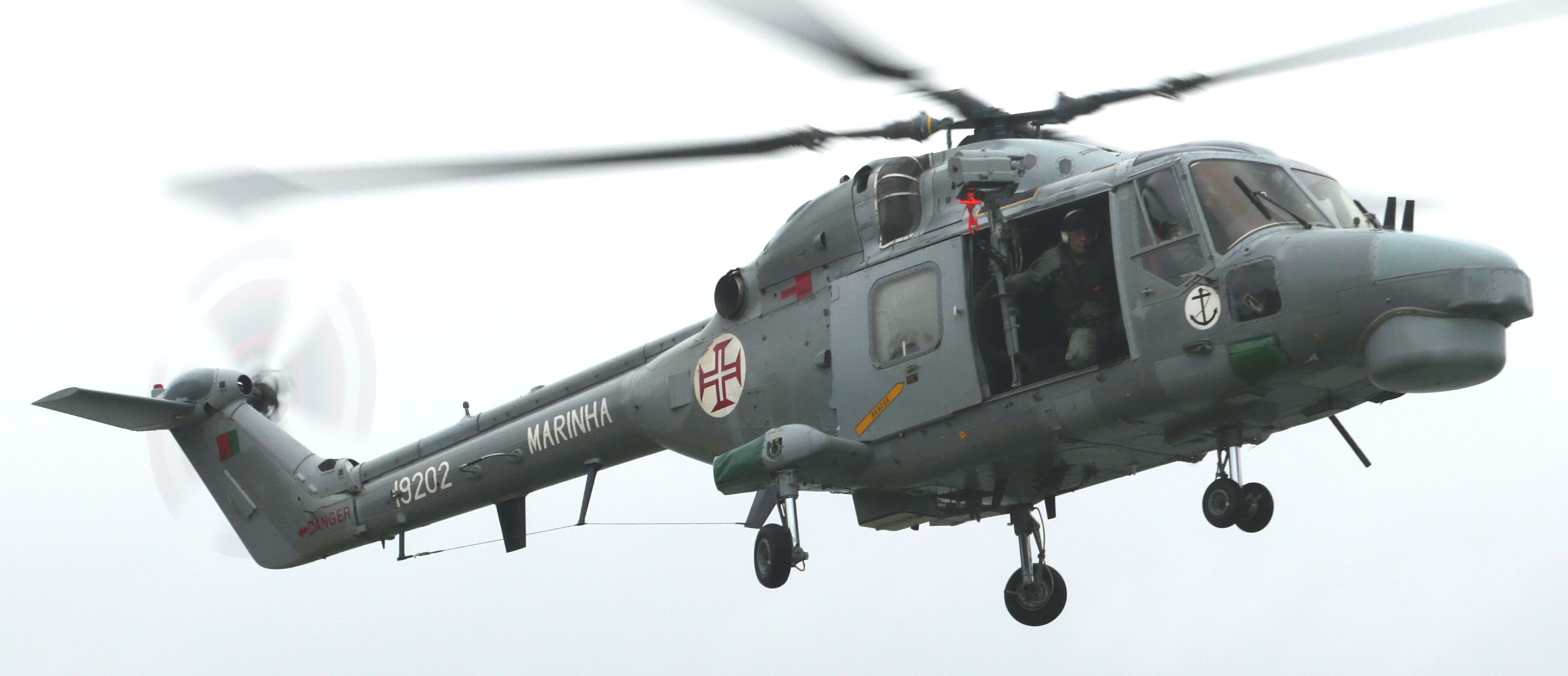  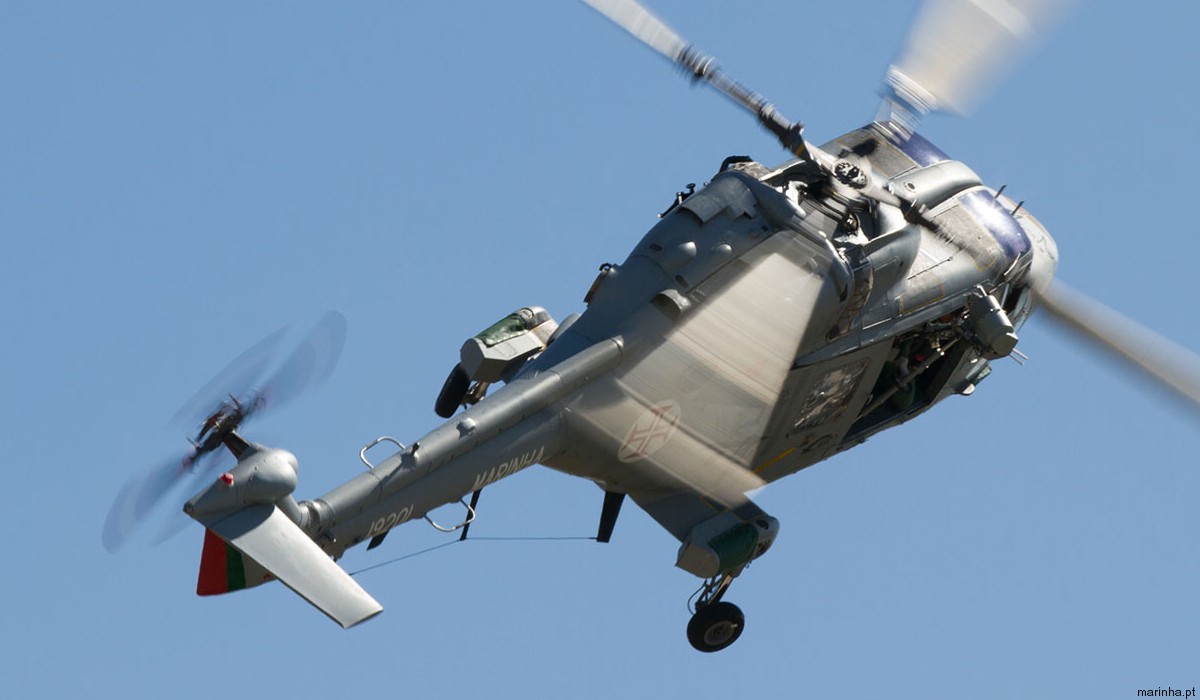 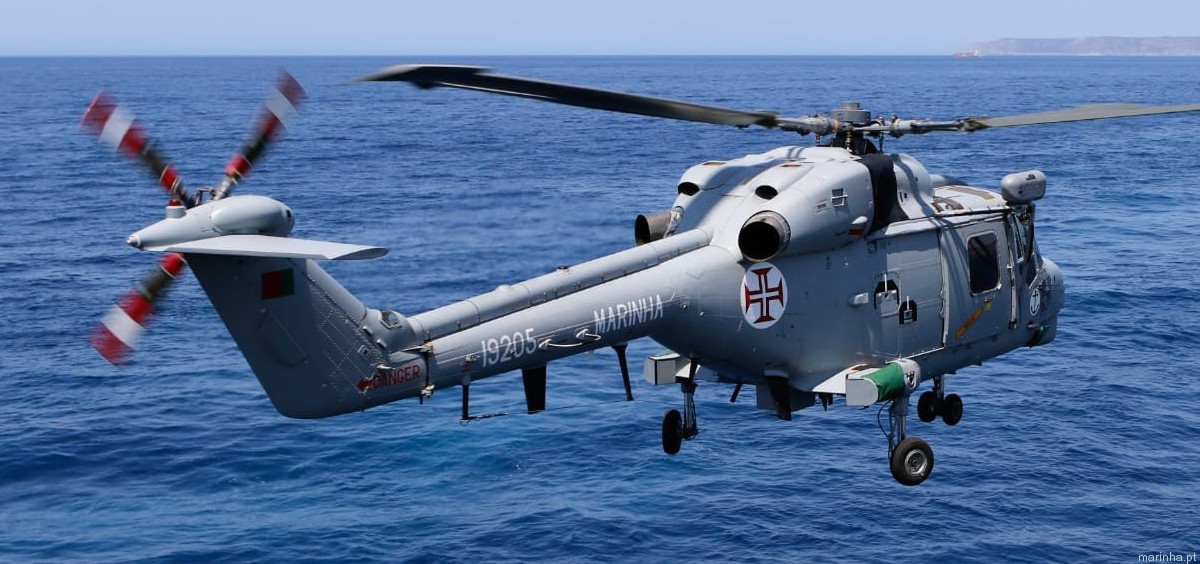 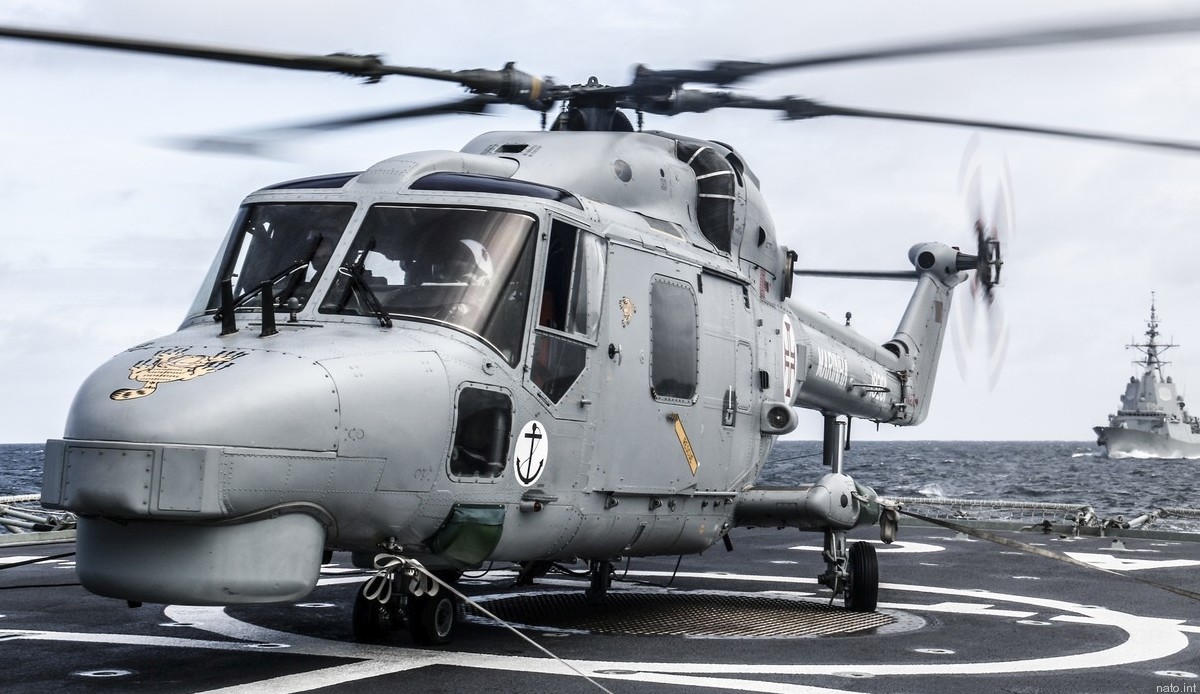  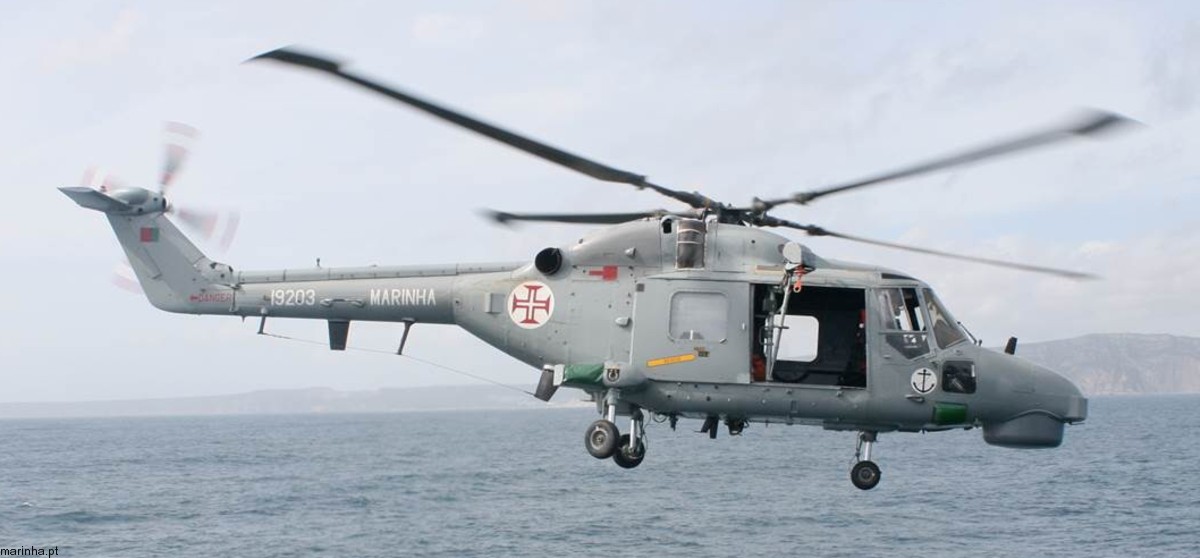 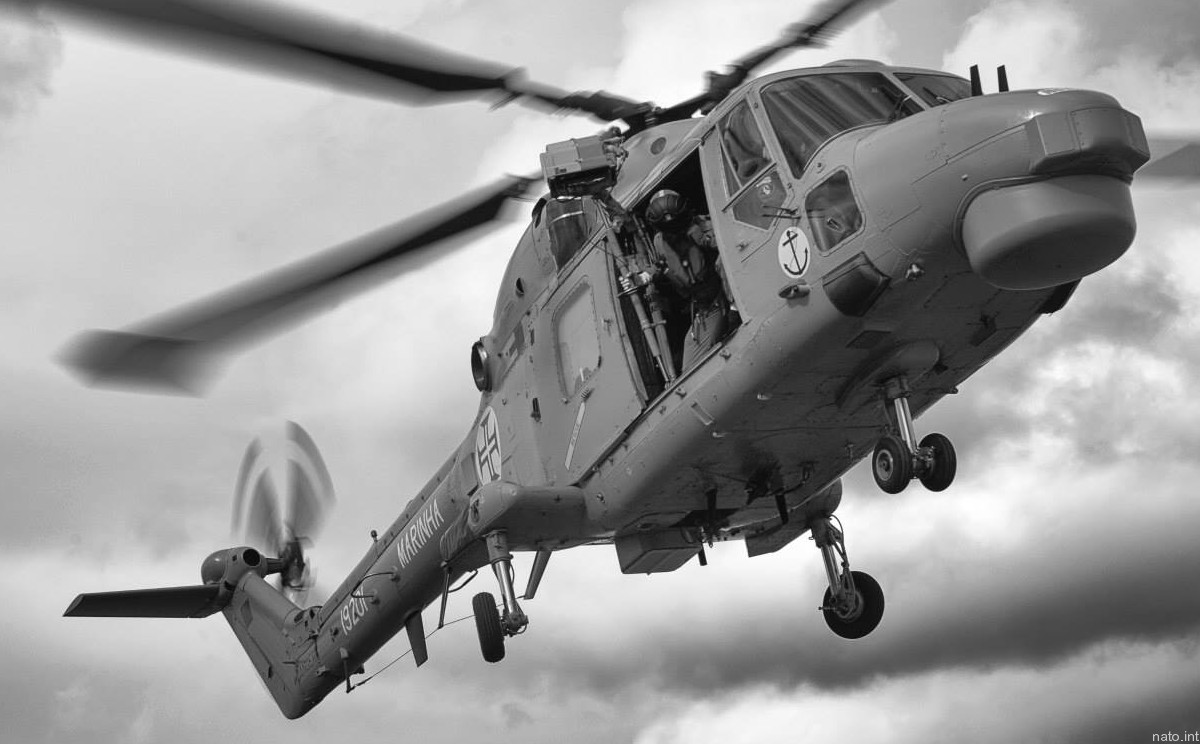 |
||
|
|
seaforces.org
|
Portuguese Navy start page
| |